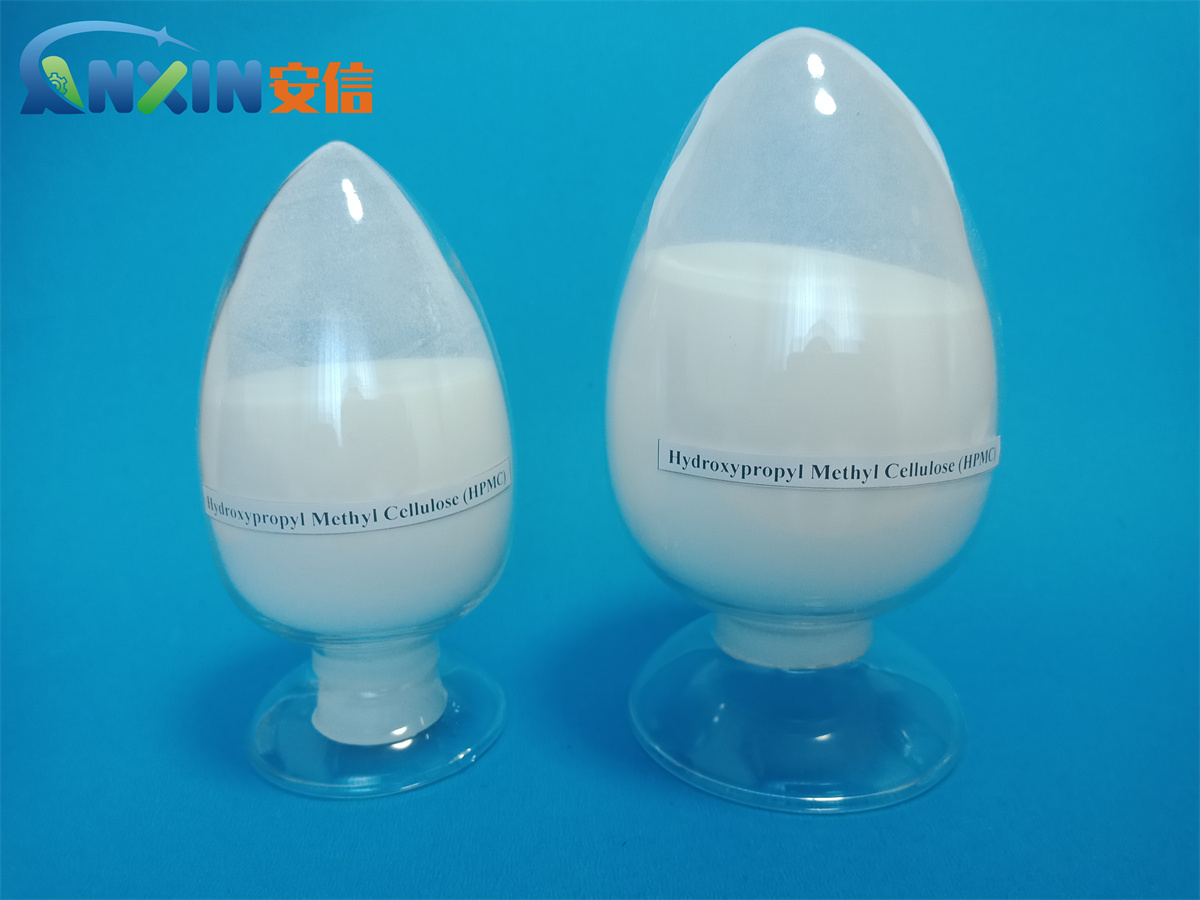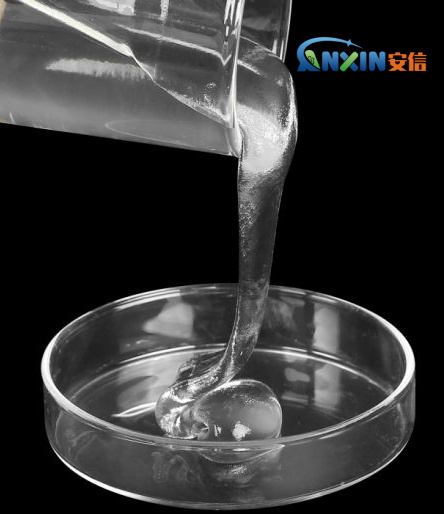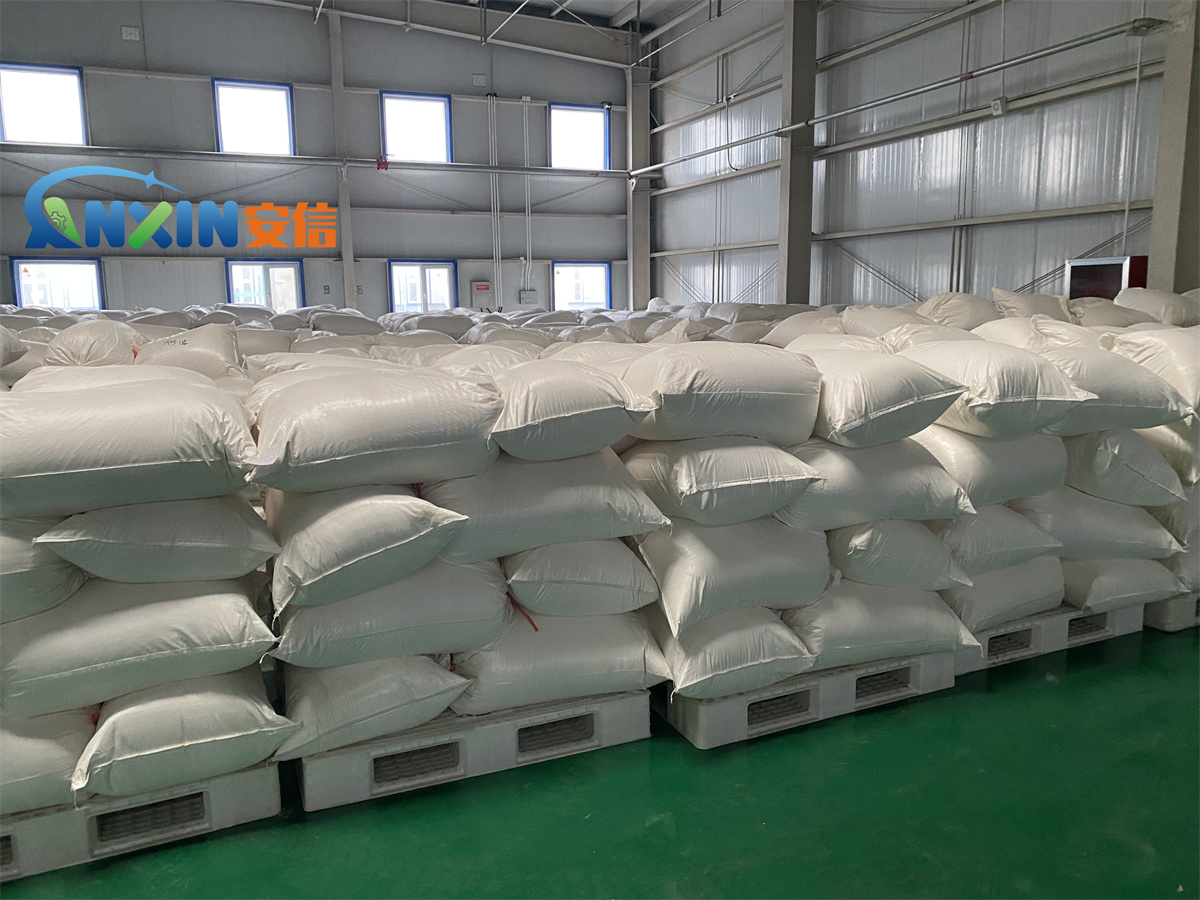Hydroxypropyl methylcellulose (HPMC) is a versatile cellulose derivative widely used in various industries, including pharmaceuticals, food, and construction, due to its unique physicochemical properties. One of the critical properties of AnxinCel®HPMC that enhances its usability is its cold water dispersibility. This feature plays a significant role in determining its effectiveness in various applications, from pharmaceutical formulations to cement and tile adhesives.

Overview of HPMC
HPMC is a nonionic cellulose ether derived from natural cellulose by introducing hydroxypropyl and methyl groups. This modification results in a polymer that is soluble in water and exhibits thermogelling behavior. When dissolved, HPMC forms a viscous, transparent solution, providing thickening, film-forming, and stabilizing properties.
One of the key attributes of HPMC is its ability to disperse in cold water without forming lumps or aggregates. This property simplifies its handling and application, making it an ideal additive in industries requiring precise and efficient ingredient mixing.
Mechanisms of Cold Water Dispersibility
The cold water dispersibility of HPMC is primarily governed by its surface properties and hydration kinetics. Key mechanisms include:
Surface Modification: HPMC particles are often treated with surface-active agents or hydrophilic coatings to enhance their dispersibility. This treatment reduces interparticle cohesion, allowing the particles to separate more easily in water.
Hydration Kinetics: When introduced into cold water, the hydrophilic groups in HPMC attract water molecules. Controlled hydration ensures gradual dispersion, preventing the formation of clumps or gel masses.
Temperature Sensitivity: HPMC exhibits a unique solubility profile. It dissolves readily in cold water but forms a gel as the temperature increases. This temperature-dependent behavior aids in the even distribution of particles during initial dispersion.
Factors Influencing Cold Water Dispersibility
Several factors influence the cold water dispersibility of HPMC, including its molecular structure, particle size, and environmental conditions:
Molecular Weight: The molecular weight of AnxinCel®HPMC determines its viscosity and hydration rate. Lower molecular weight grades disperse more quickly in cold water, while higher molecular weight grades may require additional agitation.
Substitution Degree: The degree of hydroxypropyl and methyl substitution affects the hydrophilicity of HPMC. Higher substitution levels improve water affinity, enhancing dispersibility.
Particle Size: Finely milled HPMC powders disperse more efficiently due to their increased surface area. However, excessively fine particles may agglomerate, reducing dispersibility.
Water Quality: The presence of ions and impurities in water can influence the hydration and dispersion behavior of HPMC. Soft, deionized water generally enhances dispersibility.
Mixing Conditions: Proper mixing techniques, such as slow and even addition of HPMC to water with continuous stirring, ensure optimal dispersion and minimize clumping.

Applications Benefiting from Cold Water Dispersibility
The ability of HPMC to disperse in cold water has significant implications for its applications:
Pharmaceuticals: In drug formulations, cold water dispersibility ensures uniform mixing and consistency in suspensions, gels, and coatings. This property is particularly critical in controlled-release tablets, where precise dispersion affects drug release profiles.
Food Industry: HPMC’s dispersibility facilitates its use as a thickener, stabilizer, and emulsifier in products such as soups, sauces, and desserts. It allows easy incorporation without lump formation, ensuring smooth textures.
Construction Materials: In cement-based systems, such as tile adhesives and plasters, cold water dispersibility of HPMC ensures homogeneous mixing, improving workability, adhesion, and water retention.
Personal Care Products: HPMC is used in shampoos, lotions, and creams due to its dispersibility and film-forming properties. It ensures uniform distribution of active ingredients and enhances product stability.
Enhancing Cold Water Dispersibility
To improve the cold water dispersibility of HPMC, manufacturers employ various strategies:
Surface Treatment: Coating HPMC particles with dispersing agents or modifying their surface properties minimizes clumping and enhances water interaction.
Granulation: Transforming HPMC powders into granules reduces dust formation and enhances flowability and dispersibility.
Optimized Processing: Careful control of milling, drying, and packaging processes ensures consistent particle size and moisture content, both of which impact dispersibility.
Use of Blends: Combining HPMC with other water-soluble polymers or additives can tailor its dispersibility to specific applications.

Challenges and Limitations
Despite its advantages, the cold water dispersibility of AnxinCel®HPMC poses some challenges. High-viscosity grades may require prolonged mixing times or specialized equipment to achieve complete dispersion. Additionally, environmental factors such as water hardness and temperature variations can affect its performance.
Another limitation is the potential for dust generation during handling, which can pose health and environmental concerns. Proper handling procedures and the use of granulated forms can mitigate these issues.
The cold water dispersibility of hydroxypropyl methylcellulose is a pivotal property that underpins its versatility and utility across industries. By understanding the mechanisms and factors influencing dispersibility, manufacturers can optimize HPMC formulations to meet specific application needs. Advances in surface modification, granulation techniques, and formulation blending continue to enhance the performance and usability of this remarkable cellulose derivative. As demand for efficient, sustainable, and high-performance materials grows, HPMC’s role as a multifunctional additive will remain indispensable.
Post time: Jan-21-2025